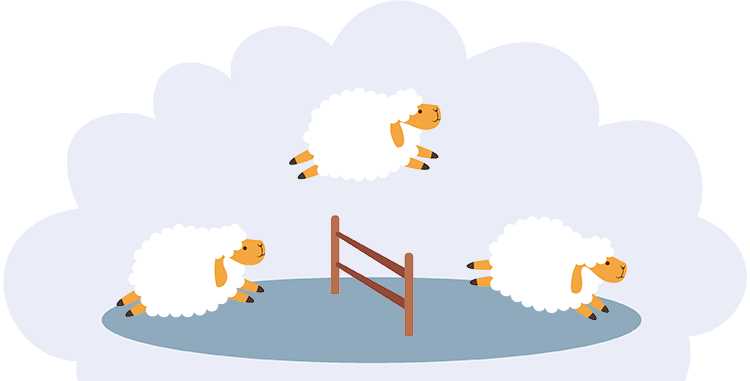Bruxism
Among the numerous disturbances of nocturnal sleep, there are paroxysmal contractions of the masticatory muscles, accompanied by gnashing of teeth and strong clenching of the jaws (bruxism). This pathology deserves attention, since it can be a manifestation of serious diseases and threatens with complications.
Causes and manifestations of bruxism
Bruxism occurs at any age. Teeth grinding usually occurs during nighttime sleep, but some people also experience it while awake. The disease occurs in people who are regularly exposed to stress factors, the result of which is tension, anger, internal anxiety, excitement before bedtime. Bruxism is often observed in people with defects in the structure of the bones of the facial skeleton, pathology of the jaw joints, malocclusion. It is assumed that the disease is associated with some motor or neurological disorders of the muscular apparatus of the jaws.
In addition to gnashing of teeth during sleep, the disease can be manifested by a slight increase in the muscles of the jaws and their soreness, chronic pain of varying intensity in the ears, in the face, as well as increased sensitivity of the teeth due to the erasure of tooth enamel.
Teeth grinding during sleep in adults lasts from a few seconds to several minutes. The frequency of seizures varies widely.
To independently identify this disease in yourself, you should pay attention to the presence of the following signs:
• waking in the morning with pain in the jaw;
• dull headache;
• pain in the neck;
• pain in the facial muscles;
• earache;
• the presence of worn teeth and their increased sensitivity.
Examination and treatment for bruxism
An accurate diagnosis can be established with a polysomnographic study. It allows you to exclude the diagnosis of nocturnal epilepsy and the presence of brain diseases in which teeth grinding is observed.
Treatment of bruxism in adults is a rather complicated process, it must be carried out in specialized medical institutions. The effectiveness of treatment is largely determined by the causes and time of existence of the disorder, as well as the nature of its course. Bruxism in young children in most cases stops on its own by 6-7 years. In the treatment of an adult, anticonvulsants, vitamins, and microelements are prescribed. Use of intraoral protective applicators is shown

